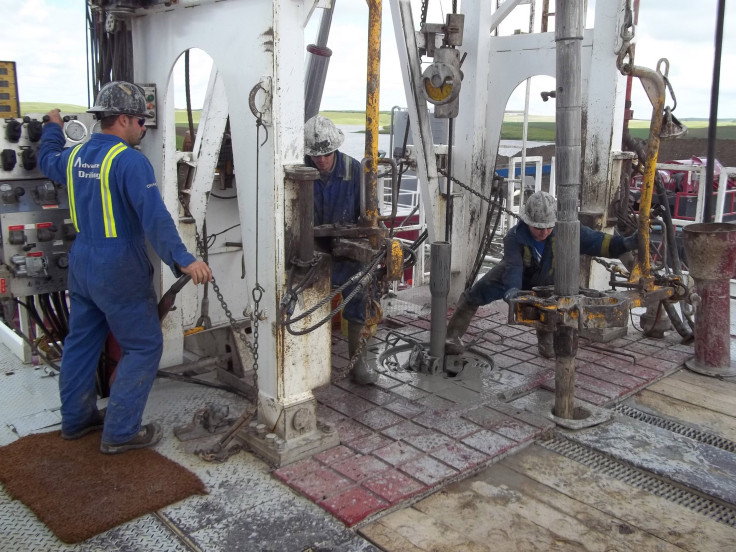US Oil And Gas Company Profits Climbed 53% Last Year, Spurred By Rising Fuel Prices, Greater Production, Report Says

U.S. oil and gas companies saw their after-tax profits climb 53 percent to $33.4 billion last year, spurred by rising fuel prices and a boost in production along America’s shale formations.
The figures are a welcome relief to energy firms, which suffered a 58 percent decrease in after-tax profits in 2012, due largely to low natural gas prices, Ernst & Young said Tuesday in its annual U.S. oil and gas reserves study.
The financial services provider analyzed the 50 largest publicly traded oil and gas exploration and production companies, based on their oil and gas reserves estimates at the end of 2013. Companies reported a 9 percent increase in the oil reserves that they plan to tap within five years.
E&Y said that the profit increase came as companies shifted away from acquiring property along the country’s shale rock formations and toward drilling wells and extracting resources from the ground. The increase in oil production and oil prices helped drive up revenues by 11 percent to $199 billion last year.
“There are some big plays out there, and what you're seeing is a pullback on the pure acquisition of acreage," said John Russell, the U.S. oil and gas assurance leader at E&Y, the Houston Chronicle reported. "It's time to start getting some cash flow coming in. When they make those investments, they can't be investments forever. They've got to turn around and make some profit off of them."
Oil prices averaged $96.90 per barrel last year, up from $94.68 per barrel in 2012, based on monthly spot prices on the West Texas Intermediate benchmark. Natural gas prices increased to $3.67 per unit last year, compared to $2.76 per unit in 2012, according to the average monthly spot prices on the Henry Hub, the central location for the pricing of natural gas contracts.
E&Y also attributed part of the profit gains to a 7 percent drop in energy firms’ capital expenditures, which totaled $173.5 billion last year. “That is due in part to the advancement in technologies and processes that are making exploration and production less expensive and more efficient,” Deborah Byers, E&Y’s oil and gas leader, told Oil & Gas Journal.
The report found that U.S. oil reserves increased by about 2.1 billion barrels last year to nearly 25.4 billion barrels — a 52 percent climb from 2009. The Houston Chronicle noted that almost all of those gains in reserves come from smaller independent producers, as opposed to the larger energy firms that also refine and market their fuel products.
© Copyright IBTimes 2024. All rights reserved.





















